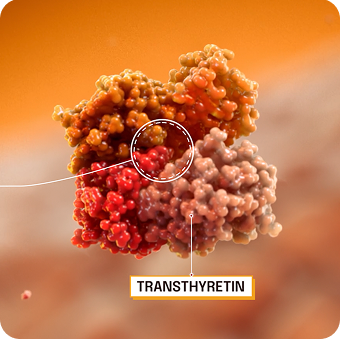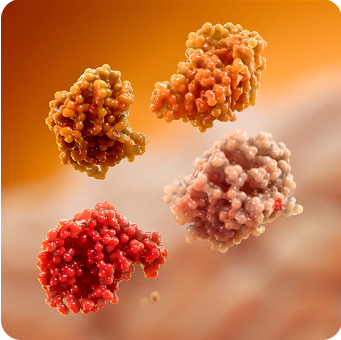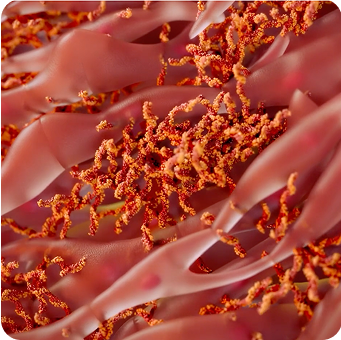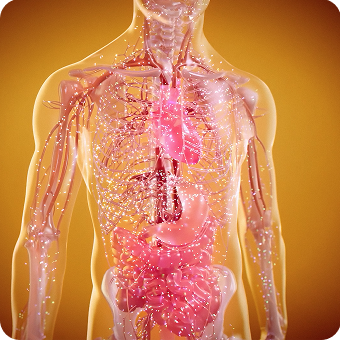
UNDERSTAND THE
PATHOPHYSIOLOGY
Pathogenic TTR
is at the source of
clinical symptoms and
ATTR progression1-8





Learn more about the mechanism of disease behind ATTR
Early detection and intervention are critical to slow disease progression.7,9
ATTR=transthyretin-mediated amyloidosis; TTR=transthyretin.
References:
- Shin SC, et al. Mt Sinai J Med. 2012;79(6):733-748.
- Koike H, et al. Biomedicines. 2019;7(1):11.
- Adams D, et al. Neurology. 2015;85(8):675-682.
- Adams D, et al. Curr Opin Neurol. 2016;29(suppl 1):S14-S26.
- Sekijima Y. J Neurol Neurosurg Psychiatry. 2015;86(9):1036-1043.
- Nativi-Nicolau JN, et al. Heart Fail Rev. 2022;27(3):785-793.
- Kittleson MM, et al. J Am Coll Cardiol. 2023;81(11):1076-1126.
- Hazenberg BPC. Rheum Dis Clin North Am. 2013;39(2):323-345.
- Kittleson MM, et al. Circulation. 2020;142(1):e7-e22.
